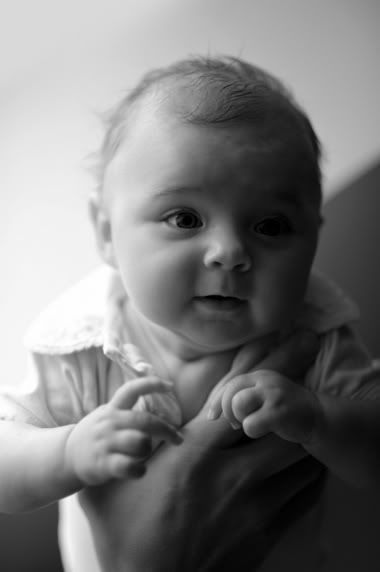Photo Tips – How To Shoot Amazing Portraits (Part One)
By: Steve J. Kristof
Have you ever wondered why the ‘people' photos you take with your digital camera end-up looking more like snapshots than the compelling portraits you intended to create? You're not alone; this is one of the most common experiences shared by amateur and, yes, professional photographers. It's not surprising that this is such a common problem, given that most of the photographs produced around the world at any given moment on any given day involve a human subject as the significant theme.
But if you count yourself as a member of the "BPB", or the Boring Portrait Brotherhood as I like to call it, you've already set yourself apart from the pack and will likely be able to improve your results – perhaps even dramatically. That's because most of the fingers snapping those shutters belong to people that simply cannot discern the difference between a compelling portrait and a rather ordinary snapshot of a human being. The fact that you want to improve the portraits you create suggests that you already recognize there is a difference between what you compose and what you'd like to compose.
Try some of these easy-to-follow tips to begin creating portraits that appear thoughtful, original and that show an authenticity of expression or personality.

portrait photo

portrait photo
Portrait Tip #1: It's Like Real Estate – Location, Location, Location!
-Try to find locations that compliment your subject rather than compete for his or her attention.
-Avoid flat backgrounds and walls; they tend to produce "mugshots". -If you can't avoid a flat background, try to set your subject closer to the camera with greater distance between the subject and wall.
-Find a location in which your subject will feel comfortable and relaxed.
-Choose locations that fit the subject's mood or the overall atmosphere you intend to bring about.
Portrait Tip #2: Comfort is King!
-One of the main stumbling blocks concealing the authenticity of a portrait subject's mood or personality is the artificiality of the entire situation. That's why many of today's up-and-coming portrait photographers prefer to go to their subject's home or meet them at another place of the subject's choosing. While the controlled environment of a studio can enhance a photographer's confidence, it also unfortunately tends to mute the subject's genuine response. Ask your subject where THEY would like to have their portrait taken.
-Consider having your portrait subject DOING something while you snap the shutter. Whether he or she is manipulating something with which they are familiar, are at work or are at play, the act of "doing" tends to encourage more natural, relaxed and honest expressions.
Portrait Tip #3: Get Closer!
-Most pro photographers have one very important piece of advice for amateur photo enthusiasts who wish to improve their portrait skills. It goes like this, "Get closer. Now get closer again. O.K., now get even closer." Filling more of the frame with your subject's face will make it hard for momentary expressions and revelations of various personality traits to evade the camera's lens.
-Try using a "gentle zoom" to get a bit closer. This will have the added benefit of shorter depth of field, which is sought-after in most portrait images. (Short depth of field allows the subject to be in focus while the background gets increasingly blurry with greater distance from the lens.) For those with some technical savvy, try using a zoom in the 80-120 mm focal length range which will allow you to get a closer shot without being in your subject's face and yet avoid the distortion that often comes with longer focal lengths.













